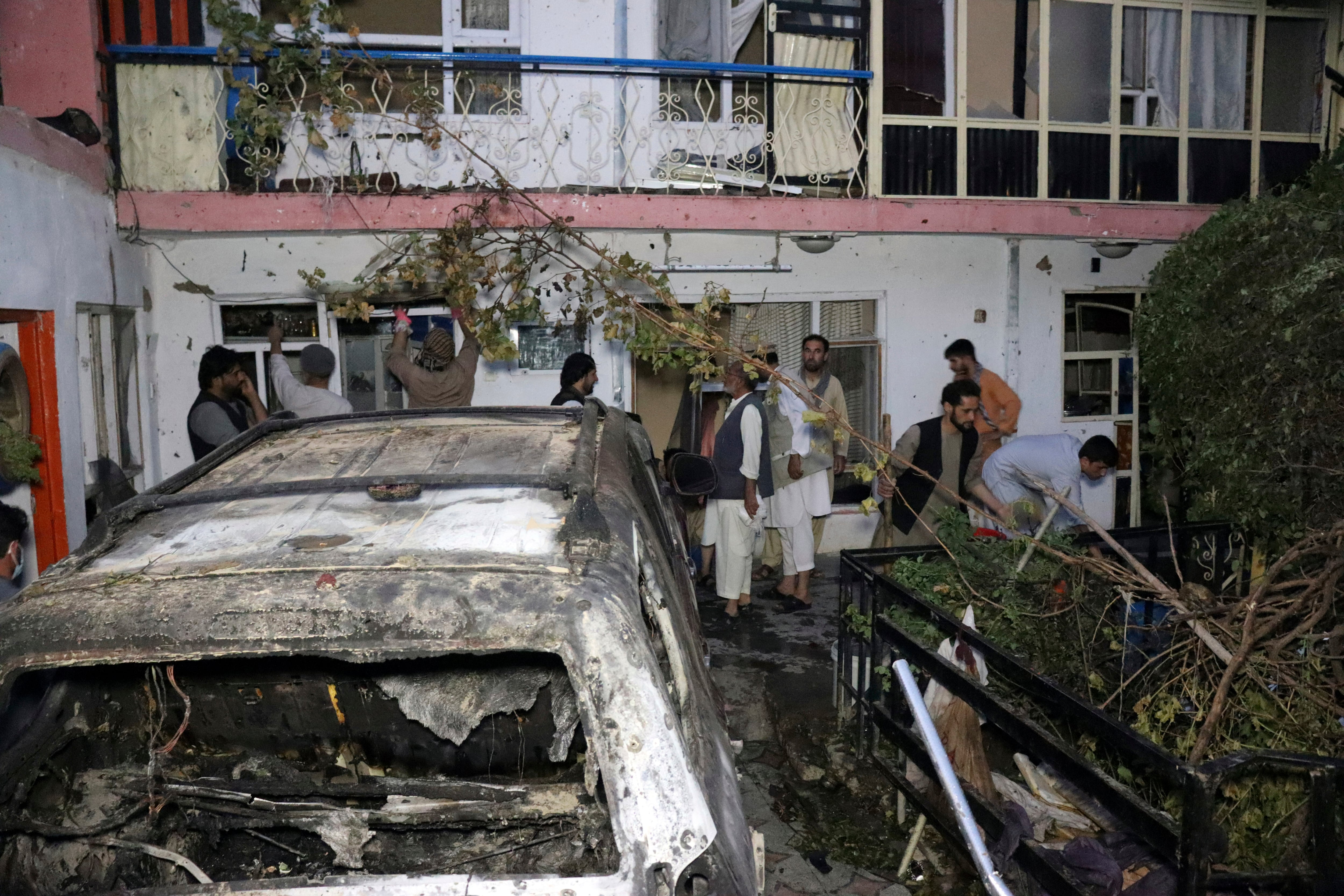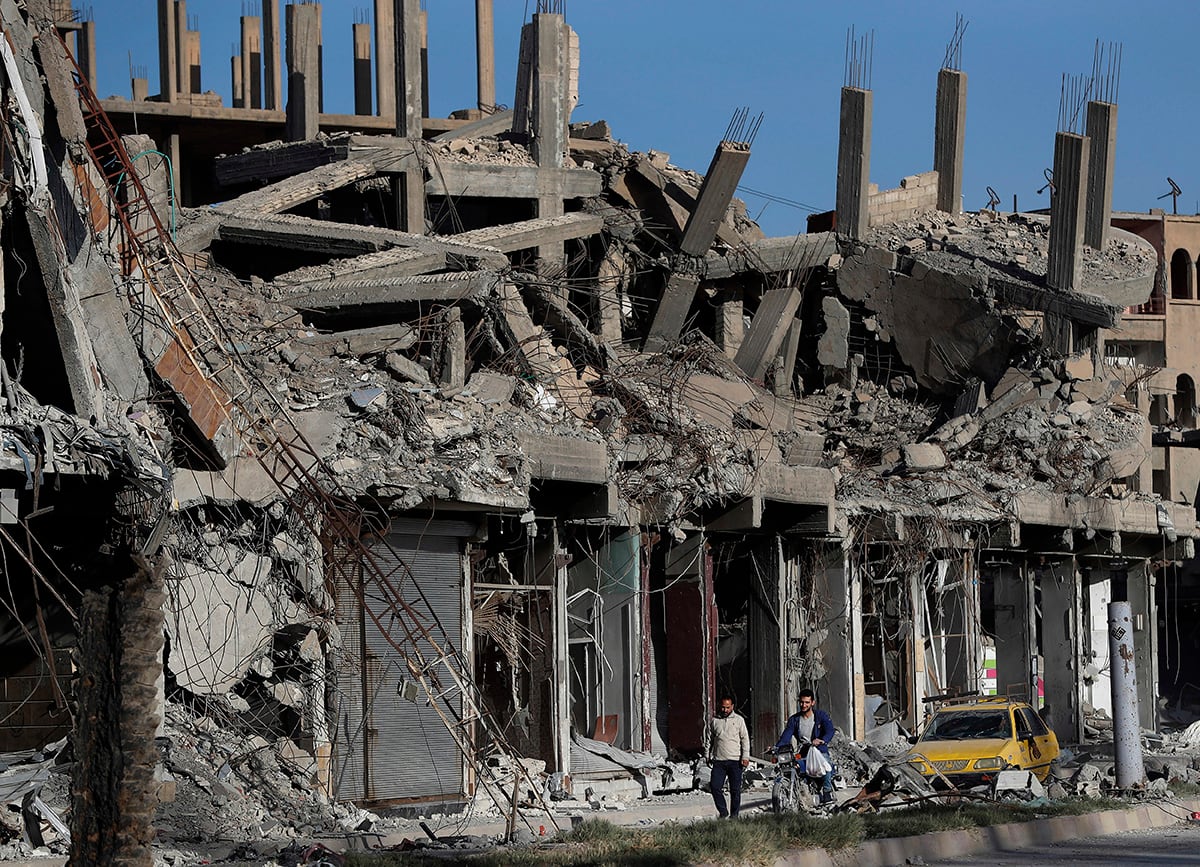The second of two reviews to come out of New York Times reporting that U.S. troops targeted civilians in Syria dropped on Thursday, finding that while current planning and targeting processes do take the risk of civilian casualties into account, they do not do enough to mitigate avoidable harm.
The Rand Corp. report focused specifically on the 2017-2018 battle for Raqqa, as Kurdish and U.S. forces teamed up to liberate the city from ISIS. The major causes of civilian casualties were the conditions on the ground and a lack of good intelligence, the report found.
“Nothing we present in this report should be interpreted as accusing coalition forces or leaders of violating the law of war,” according to the findings. “[The Defense Department] abided by its policies and procedures, which go beyond the law of war, at multiple levels to help protect civilians during armed conflict.”
Still, Rand found some issues it recommends DoD improve in its future efforts.
For example, the strategic decision to encircle Raqqa and push in to take out ISIS fighters. While it was effective in doing that part, it was also impossible for civilians to get out of the city, keeping them in harm’s way throughout the battle.
Another major issue was the reliance on air strikes by U.S. forces, making it difficult to get good, on-the-ground intelligence about where civilians were sheltering.
RELATED

“Having more ground forces, specifically infantry units, could have improved U.S. and coalition capabilities to mitigate and respond to civilian harm through interactions with the local population inside Raqqa,” according to the report. “A larger ground troop presence also could have provided a direct link between the battlefield and pilots dropping munitions, conducted targeted raids on buildings housing ISIS snipers, and initiated the civilian casualty response process in the case of unintended incidents of harm.”
The report recommends, largely, finding ways to get better intelligence. The other part of the equation is documenting civilian casualties, which has not been a focus of after-action assessments.
“The U.S. military should improve its data collection methods, including storage of and access to strike data, in a single program to enable more-accurate tracking and recording of civilian-harm incidents,” according to the report.
To that end, the Pentagon has already created a civilian protection “center of excellence,” set to be up and running later this month, to collect and analyze civilian harm reports and implement new policies.
“The department appreciates the insights that this report offers,” Pentagon spokesman John Kirby said on Thursday. “I appreciate all the work that RAND put into it. And we know it’ll help inform our own work as we continue to try to improve our approach to civilian harm mitigation and response going forward.”
Meghann Myers is the Pentagon bureau chief at Military Times. She covers operations, policy, personnel, leadership and other issues affecting service members.





